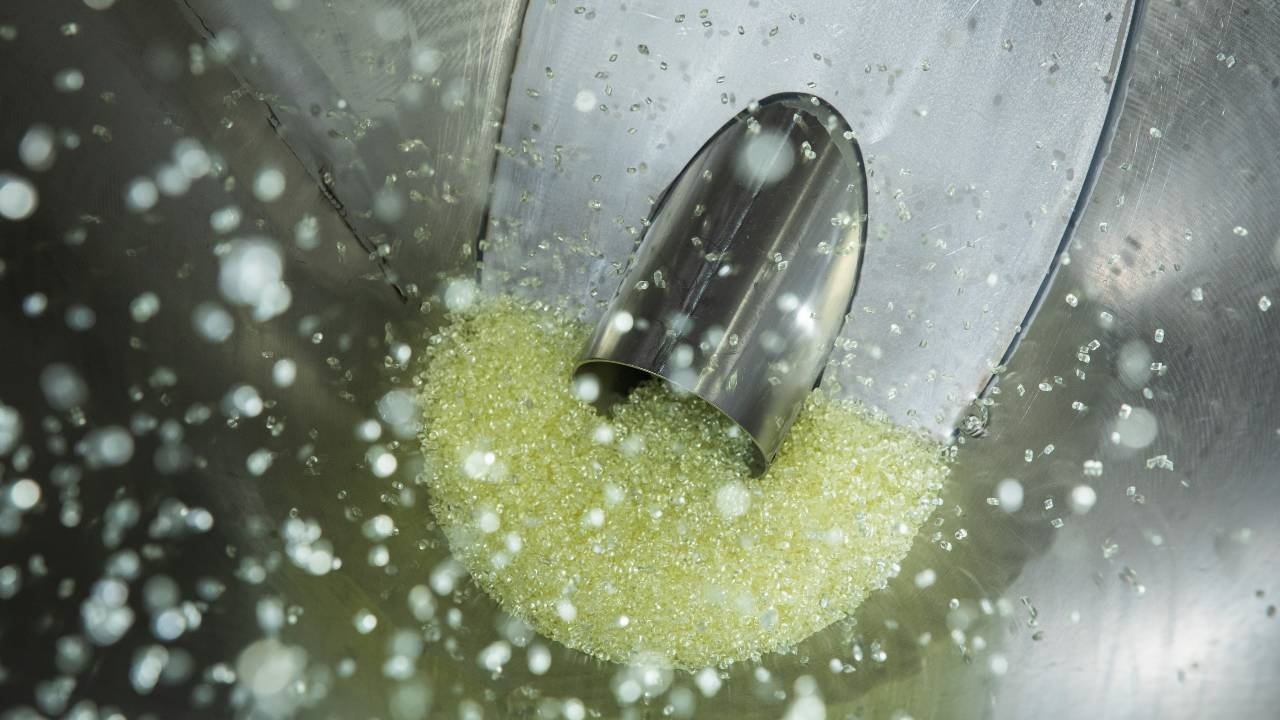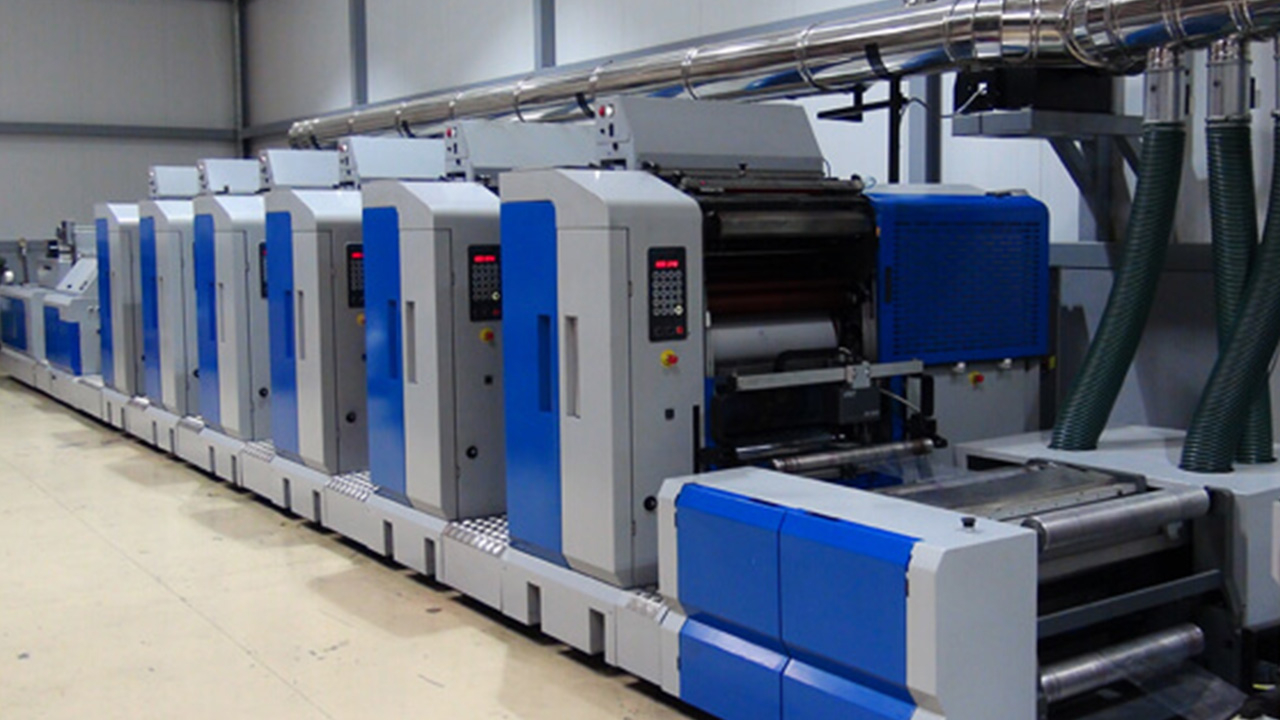Aquapak joins CEFlex to support circular economy development
Company aims to make flexible packaging in Europe circular by 2025

Aquapak Polymers, a developer of Hydropol (a polymer based on PVOH), has joined The Circular Economy for Flexible packaging (CEFlex)1 initiative – a collaboration of over 180 European companies, associations and organizations representing the entire value chain of flexible packaging2. Its mission is to make all flexible packaging in Europe circular by 2025.
Membership of CEFlex will allow Aquapak Polymers to promote the circular economy benefits that Hydropol provides by ensuring that all flexible packaging is effectively and responsibly recycled by developing robust ‘Designing for a Circular Economy’ guidelines so that packaging materials are returned to the economy at the quantity, quality and price for end market applications.
Hydropol is an enabling technology for the circular economy and can be used as a mono-material or in combination with a range of other materials – it is recyclable, biodegradable, compostable with no adverse impacts on the marine environment. It can be successfully coated onto plastics, as well as paper and board, where it has proven gas and grease barrier properties, with additional functionality such as heat seal and increased paper sheet strength, making it suitable for a range of packaging uses such as bags and pouches.
Hydropol is a thermoplastic polymer, so it can be mechanically recycled back into pellets for reuse. This works well in closed capture loops, such as retail, where it can be collected in bulk. In mixed household plastics recycling, it can be identified and separated using infrared during sorting. If this is not available, then hot water will dissolve the Hydropol resin, allowing the recovery of packaging materials without contaminating plastic streams.
Based on CEFlex’s design for circular economy guidelines, which gives practical support and advice on circular economy design principles, Hydropol, when providing barrier properties for polyethylene (PE) and polypropylene (PP), is compatible with today’s CEFlex guidelines for levels up to 5% by weight (its chemistry of Hydropol is very similar to EVOH) and is deemed compatible with PE and PP mechanical recycling. In addition, CEFlex is currently evaluating test data from accredited laboratories to confirm that Hydropol is suitable for polyolefin waste streams.
Mark Lapping, chief executive officer, Aquapak, said: ‘We are pleased to be part of the CEFlex initiative and its drive to make flexible packaging circular by 2025. The reality of most standard recycling plants across the globe is that currently they concentrate on two or three plastics that have the largest quantities and therefore the most value when recycled (such as PET). Hydropol, which is non-toxic and marine safe, is compatible with current recycling infrastructure and offers the industry a way to protect resources and the planet.’
Stay up to date
Subscribe to the free Label News newsletter and receive the latest content every week. We'll never share your email address.

